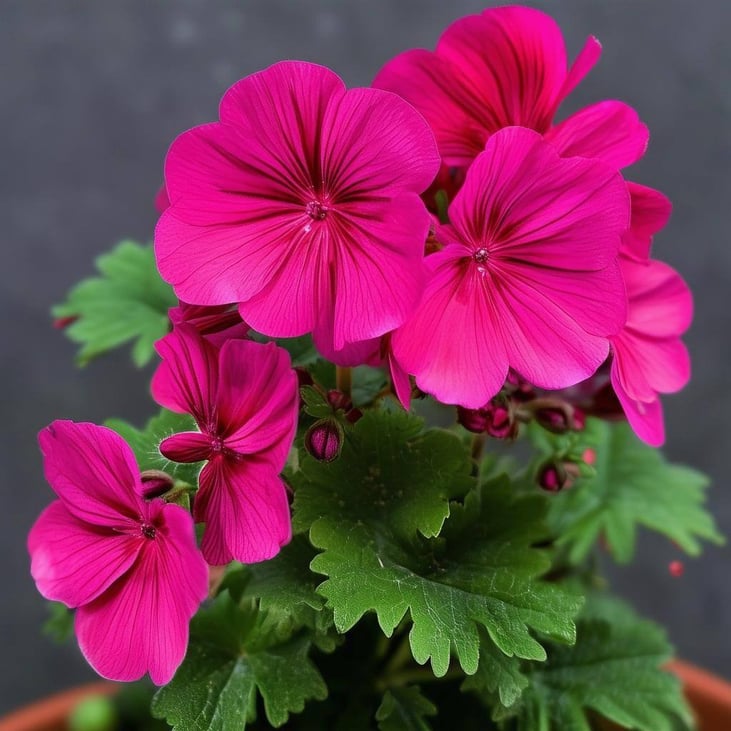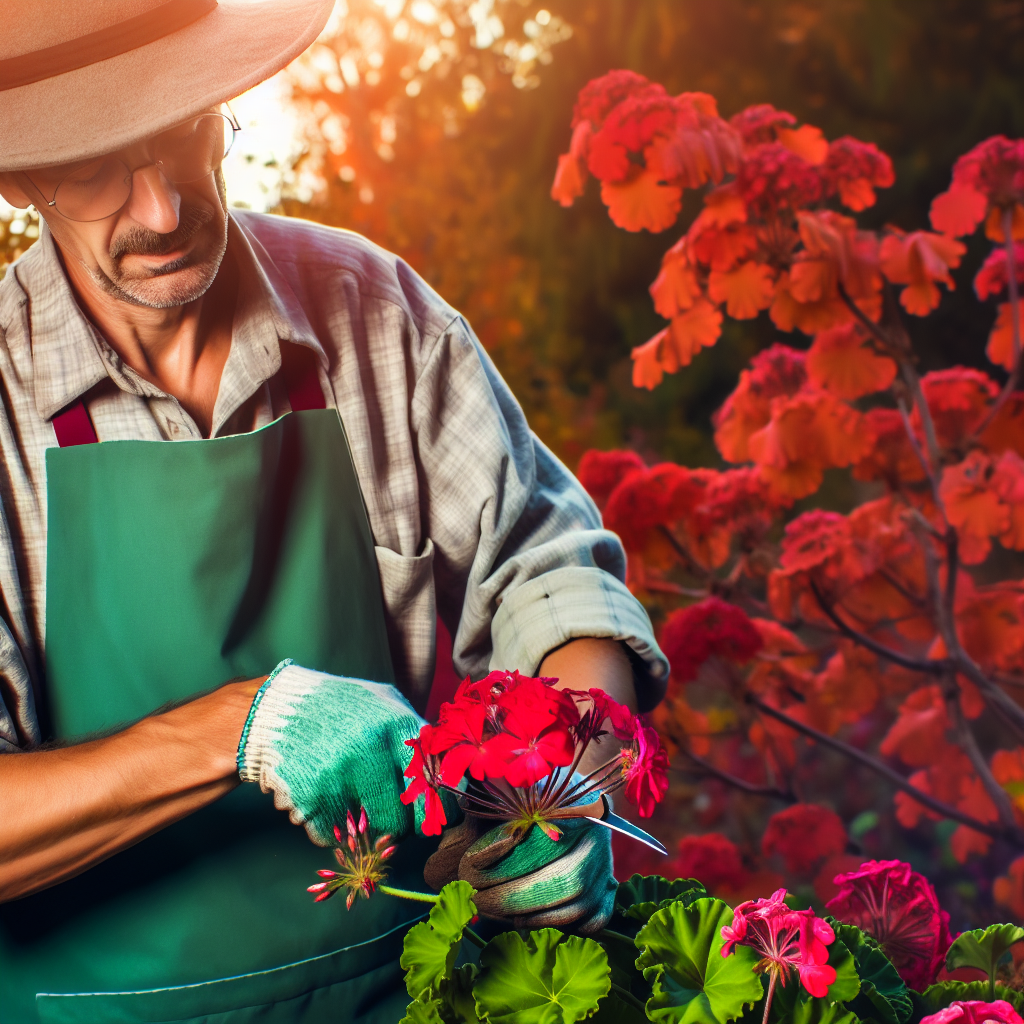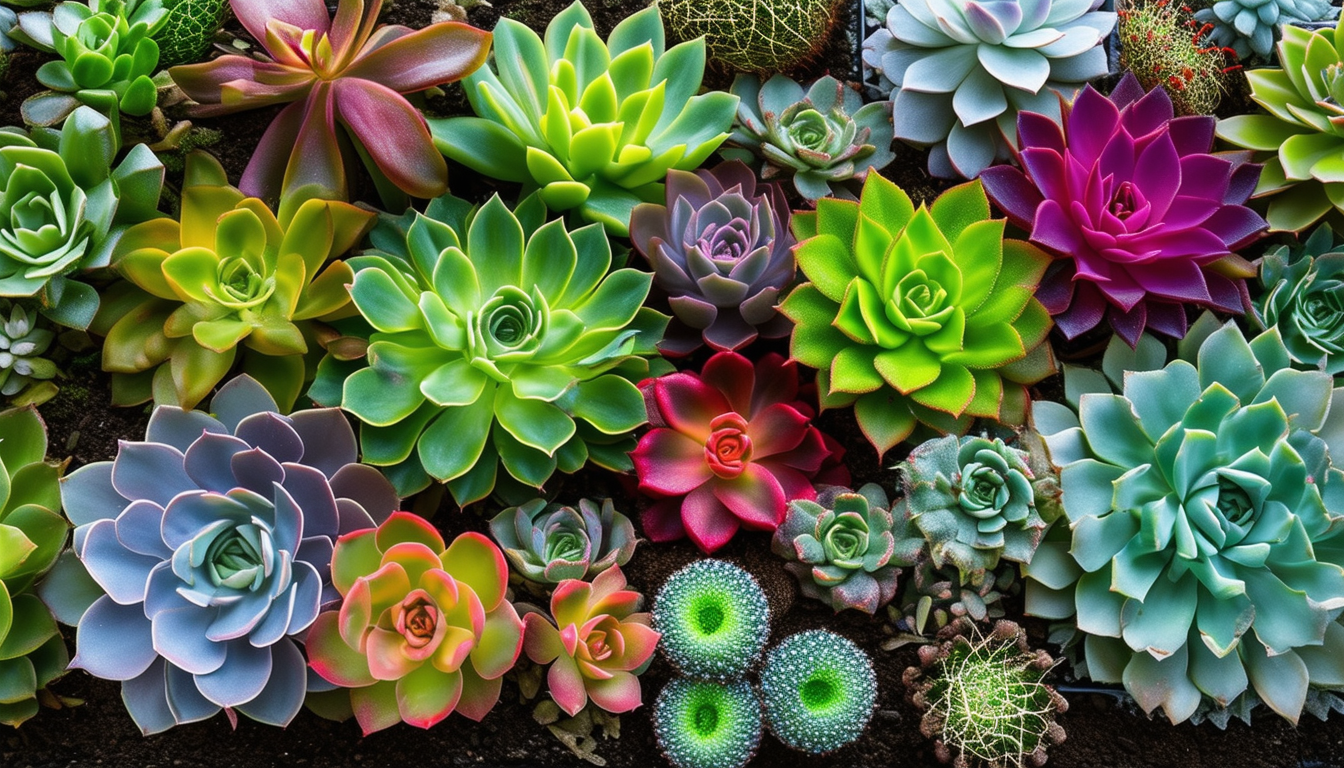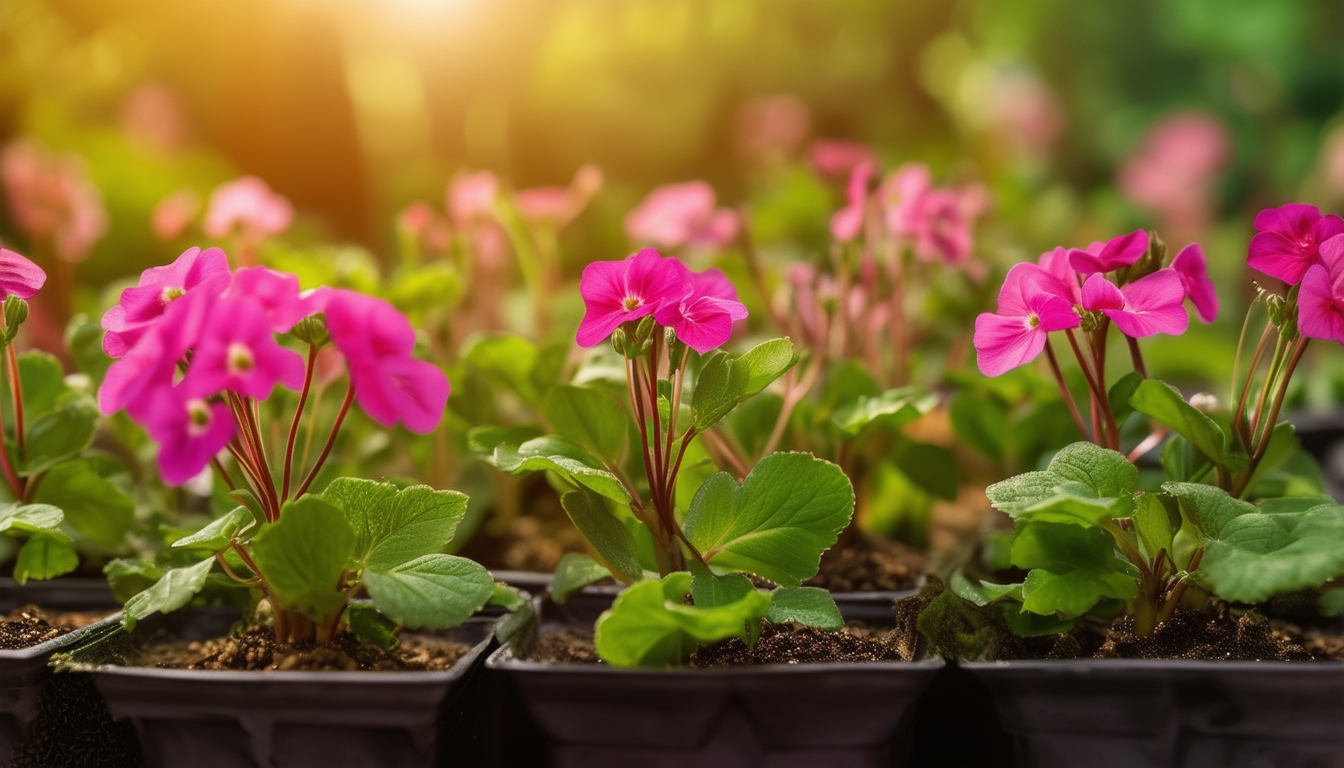
Unlock the beauty and variety of geraniums in your garden with our beginner's guide to geranium gardening.
This content is for members only
Create a free account with www.theonlinegardencenter.com to access this exclusive content.
Already a member?Sign in



